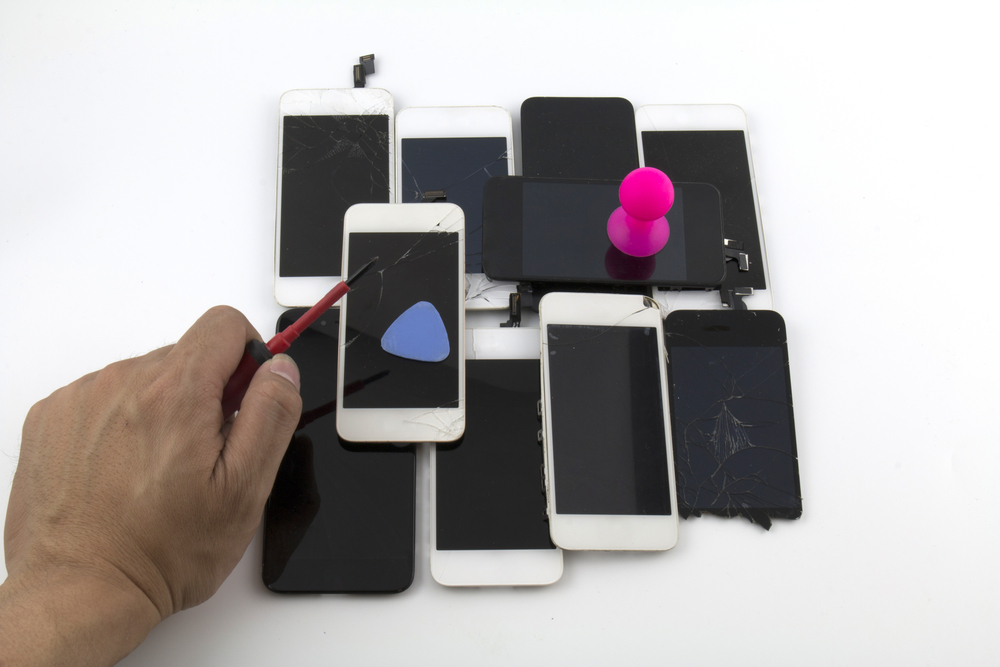What e-Waste Becomes
What e-Waste Becomes
With the constant release of new iPhones, TVs, laptops, and gaming systems on an annual basis, the rate at which e-waste is being generated has reached an alarming pace. Shockingly, the average lifespan of a cell phone in the United States is less than two years. In 2016 alone, a staggering 44.7 million metric tons of e-waste were generated globally, an amount nearly equivalent to 4,500 Eiffel Towers. By 2021, experts predict that the global e-waste generation will exceed a staggering 57 million tons. Here are some additional eye-opening statistics and trends regarding outdated technology: According to Wirefly.org, the typical cell phone user upgrades to a new device every 18 months.In the United States, more than 100 million cell phones are discarded in the trash annually.

The Environmental Protection Agency (EPA)
The Environmental Protection Agency (EPA) reports that over 112,000 computers are disposed of each day in the U.S. alone, totaling 41.1 million desktops and laptops each year. Approximately 20 million televisions are discarded in the U.S. annually. Shockingly, only 13% of electronic waste is disposed of and recycled properly. Considering these alarming facts, it has become more crucial than ever to ensure the proper recycling of old and unwanted electronic devices. Electronic waste constitutes a significant portion, a whopping 70%, of the toxic waste found in U.S. landfills. The valuable materials like copper, aluminum, plastic, and glass present in these devices can be effectively repurposed into consumer products instead of ending up in landfills. For instance, in 2017, e-Waste Hawaii collected over 177 million pounds of used electronics from individuals in 83 participating countries and territories. These collected electronics were subsequently transformed into updated versions, demonstrating a closed-loop recycling process that, when implemented on a larger scale, could significantly alleviate the global crisis. Another emerging industry is that of homegrown algae biofuels. Old computer components such as laptop controls and CPU towers are being repurposed to create Bio-Grow devices.
These devices are designed for cultivating algae, which is then transported to a biomass collection point. From there, the algae undergoes refining, with lipids extracted to produce biodiesel, while the byproducts find utility in livestock feed, fertilizer, and even pharmaceuticals. Remarkably, the entire process commences with recycled electronics. Consider the diverse array of possibilities for your recycled electronics with e-Waste Hawaii: Necklaces & Earrings Shoes Brooches Billboards Artwork Furniture Refurbished laptops Refurbished cell phones License plate frames Car parts Storage containers Wiring New Appliances Bio-Grow Bioplastic The potential applications are truly limitless, and the environmental advantages of recycling electronics are self-evident. To initiate the proper disposal and recycling of your electronics, reach out to e-Waste Hawaii today, and we will gladly provide you with a complimentary quote.
